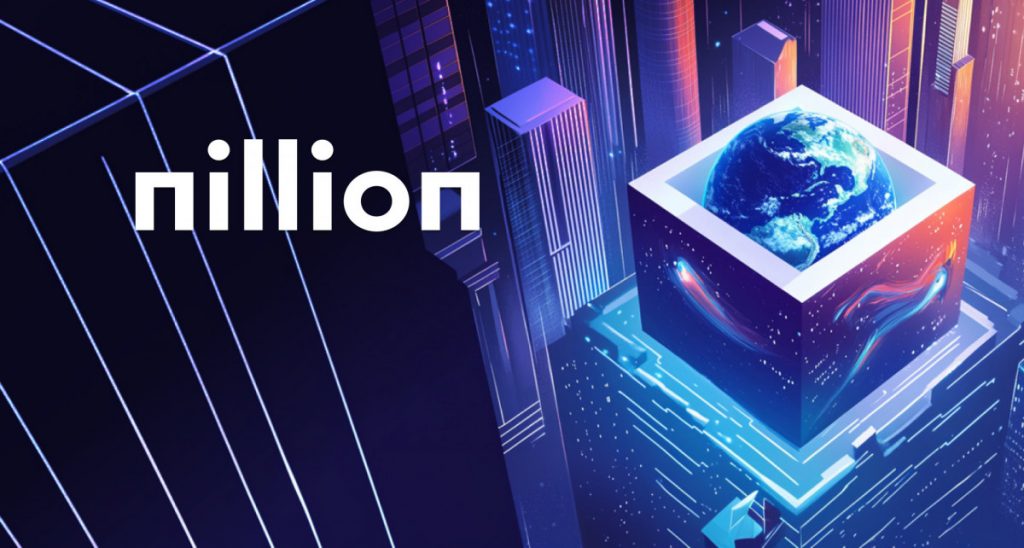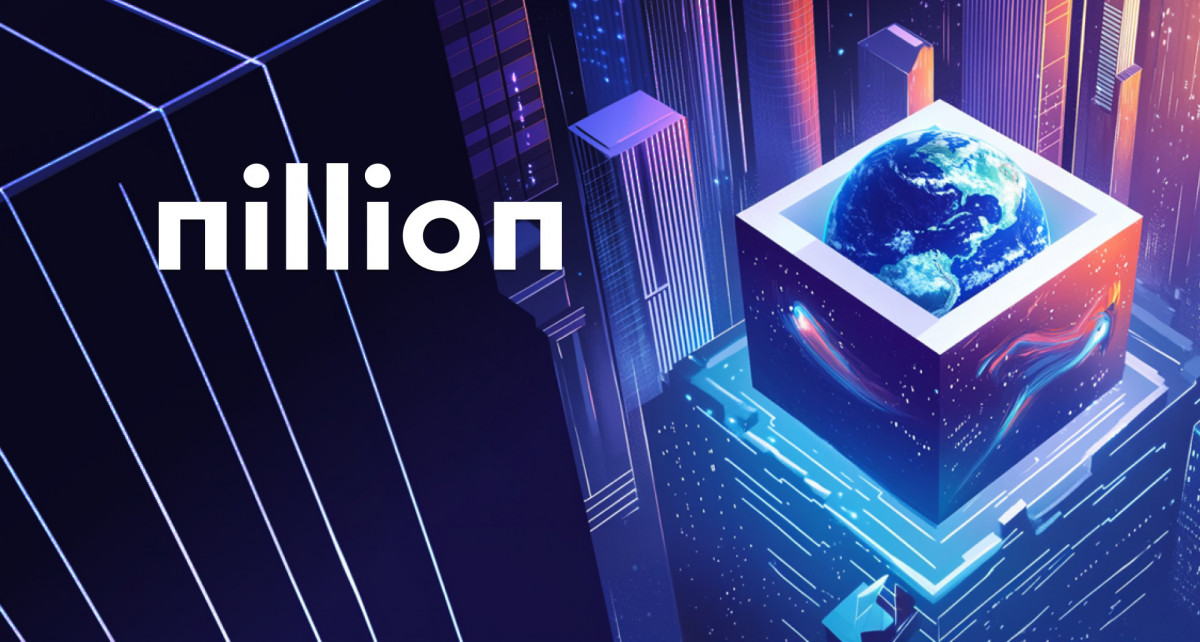Nillion Unveils Nillion 2.0: Token-Based Upgrade to Power the Next Step in Decentralized Data Infrastructure

Alyssa Davidson
Posted: Oct 21, 2025 3:02 AM Updated: Oct 21, 2025 3:02 AM

Correction and fact check date: October 21, 2025, 3:02 AM
briefly
Nillion has launched Nillion 2.0, a decentralized, privacy-centric network upgrade that embeds the NIL token at its core to support computing, coordination, and community-driven economic growth.

Decentralized data network Nillion has launched Nillion 2.0, an upgraded version of its privacy-centric infrastructure for data storage and processing. The new system integrates the NIL token as a key element of the network design. NIL functions as the core unit supporting calculation, coordination, participation and incentive mechanisms. By embedding tokens directly into the architecture, value is dynamically circulated between users, node operators, and developers as the ecosystem expands.
The latest update shifts NIL rewards from professional validators to community-run nodes, providing direct revenue opportunities for node runners and token holders even during periods of inactivity. These changes aim to create a deeper economic structure where token holders own a stake in the network itself. The upgrade also enhances Petnet and its decentralized network of proof nodes, improving data integrity, redundancy, scalability, and overall resilience.
As NIL becomes more deeply integrated into the system, Nillion is conducting a comprehensive evaluation of token economics to ensure balance between supply and demand. The review focuses on optimizing emissions, incineration, staking, rewards and economic sustainability. The goal is to design a balanced system where token supply is aligned with network activity to support long-term functionality and ecosystem growth.
Emissions dynamics are being modeled to determine whether an inflationary or deflationary approach best supports the evolution of the network. Burning mechanisms, such as usage-based or buyback burning, are being considered to regulate supply and enhance sustainability. We are reviewing staking parameters to ensure decentralization and network security, and improving our reward structure to align incentives with meaningful participation. An economic model is being designed to stabilize operating costs through a dual gas extraction model, making the network self-sufficient.
Governance plays a central role, allowing token holders to influence key parameters such as emission schedules, staking thresholds, and fee models. All network operations, from storage and computation to private inference, require NIL, positioning NIL as a core economic unit within Nillion’s Blind Computer. This setup creates a market-driven balance supported through staking, reputation, and verification mechanisms.
With Nillion 2.0, the network continues to evolve towards a decentralized, permissionless ecosystem based on an underlying economic engine. NIL’s integration ensures that network activity, rewards, and growth are interconnected, circulating value among active participants rather than external validators. In the coming months, new staking mechanisms, incentive structures, cost models and onboarding processes will be introduced to strengthen the system where calculations, reconciliations and rewards are seamlessly driven by NIL.
Nillion Unveils ‘Blind Computers’: Enhancing Privacy and Decentralization in Next-Generation Networks
Ethereum introduced the ‘world computer’ concept, and Nillian introduced the ‘blind computer’ concept. While Ethereum focuses on ensuring the integrity of computations, Nillion emphasizes the confidentiality of the data being processed and stored. Developed with advanced privacy technologies such as Multi-Party Computing (MPC), Secret Sharing, Homomorphic Encryption (HE), and Trusted Execution Environment (TEE), Nillion supports enterprise-level, high-performance applications with end-to-end full data privacy.
Nillion’s long-term goal is complete decentralization. The network is transitioning to a permissionless system with the NIL token embedded as a core component that drives execution, coordination, and network expansion. This structure establishes an economic cycle in which value is distributed rather than extracted from network participants, forming a community-based foundation for a privacy-centric crypto ecosystem.
Previously, Nillion’s core infrastructure for privacy operations was managed internally and through collaboration with corporate partners including STC Bahrain, Alibaba Cloud, Deutsche Telekom and pairpoint by Vodafone. This initial phase prioritized performance, reliability, and large-scale validation of blind computer technology.
With the introduction of the NIL token, Nillion is entering a new phase focused on permissionless decentralization. Tokens serve as an incentive mechanism to support the development of globally distributed privacy networks, ensuring that value creation directly benefits the operators who maintain the system infrastructure rather than intermediaries.
disclaimer
In accordance with the Trust Project Guidelines, the information provided on these pages is not intended and should not be construed as legal, tax, investment, financial or any other form of advice. It is important to invest only what you can afford to lose and, when in doubt, seek independent financial advice. We recommend that you refer to the Terms of Use and help and support pages provided by the publisher or advertiser for more information. Although MetaversePost is committed to accurate and unbiased reporting, market conditions may change without notice.
About the author
As MPost’s resident journalist, Alisa specializes in the broad areas of cryptocurrencies, zero-knowledge proofs, investing, and Web3. With a keen eye for new trends and technologies, she provides comprehensive coverage to inform and engage readers about the ever-evolving digital financial landscape.
more articles

As MPost’s resident journalist, Alisa specializes in the broad areas of cryptocurrencies, zero-knowledge proofs, investing, and Web3. With a keen eye for new trends and technologies, she provides comprehensive coverage to inform and engage readers about the ever-evolving digital financial landscape.


